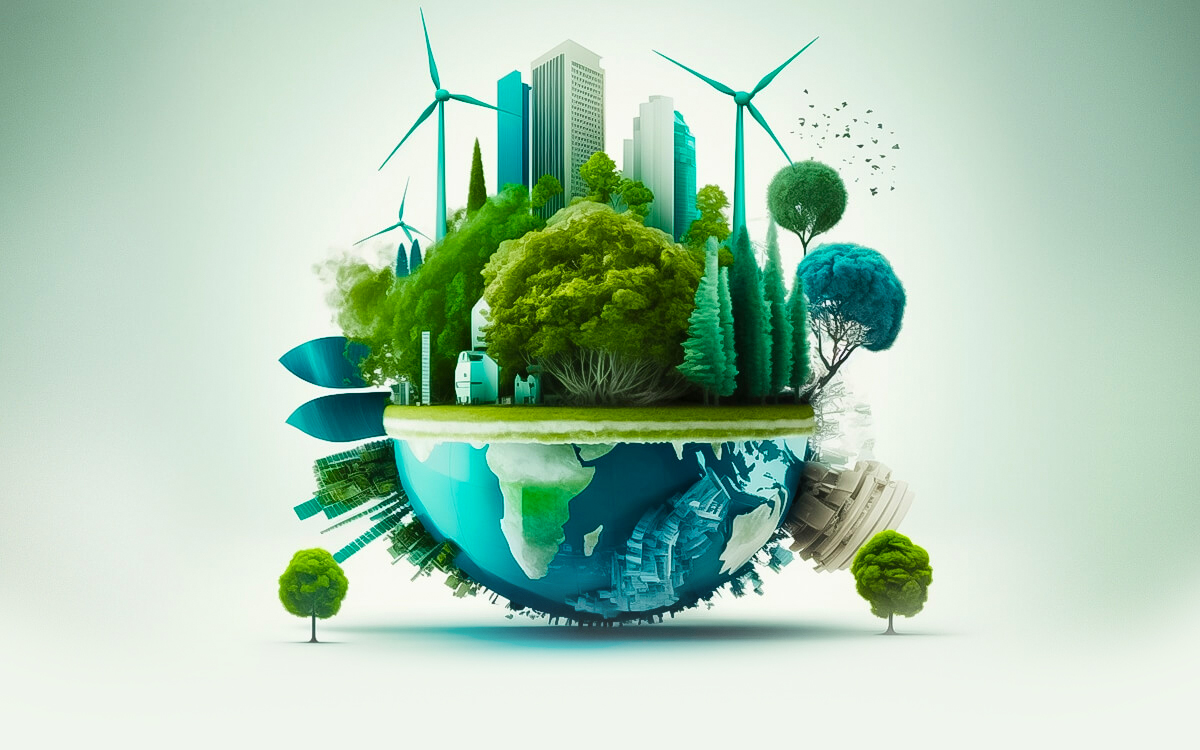The individual uses his time to transform nature into the process of creating goods and services for self-consumption and exchange. Therefore, "money" can be nothing but the equivalent of surplus, savings, capital, of what remains after self-consumption. Implicitly, the most appropriate currency is "time" itself (an equitably distributed resource), since if we highlight in writing, in banknotes or digitally, the 1,440 minutes of a day, they can only be allocated to be used either according to one's own desires, or for to satisfy the needs, desires of others. In fact, throughout their entire earthly existence, people exchange "time" with each other, mutual utilities.
Wealth is nothing more than the amount of time a man can spend as he pleases. If in the 1,440 minutes we only manage to pick 1 kg of wild apples, we have nothing to offer in exchange, as we will consume everything. But if we collect 3 kg, the 2 kg. additional will represent "capital", so "time" will really have capital coverage. At the level of an individual, the 1,440 convertible minutes = 2 kg. wild apples picked and left uneaten. Plus nature. By default, either the man gets the result of someone else's time in exchange for them, or he will use his time the next day to rest. Practically, the total money supply will have full coverage in the amount of nature, goods and services left unconsumed, in capital, as is normal, this being the essence of money. Of "nature", since raw nature initially has the value of the time of the people who use it, the Creator theoretically leaving the Earth at the disposal of all people, proportionally, to use it using their time, throughout their lives. Mathematically - there are theoretically about 300 MIN for each m2 of the Earth's surface.
People (not banks) must become the primary generators and distributors of currency, gradually, fairly and equally. Each individual automatically receives in his account (or theoretically in cash, to the extent that he would bear the cost of printing) the total of minutes representing the previous duration of his life, to which 1,440 minutes of MIN ("Convertible Minutes") are added every day, since this is the number of minutes in each day. Only individuals can have the respective "Convertible Minutes" allocated to their single account, and they can allocate them to the different types of communities they belong to, regardless of whether they are public or private. One can also imagine a formula by which, from these 1,440 daily convertible minutes, a part (maximum 50%) of the monetary resources is previously automatically allocated to cover the costs of the "common spaces" in society (the so-called taxation, charging and contribution) , but according to the principle of subsidiarity, with most of the resources remaining at the local level, where time is spent.
For example, a one-day-old baby will have 1,440 MIN available in the account, and a one-year-old could have (through individual accumulation, without transfers from others and without expenses) a number of approx. 526,000 MIN. An 80-year-old person could have about 42,000,000 MIN, to the extent that (purely theoretically) during her lifetime she would not have used anyone's resources against cost and would not have been useful against anyone's cost. Normally, the man who consumes as much as he produced should end his life with an account balance representing the duration of his life, which effectively remains after him and was not before representing the surplus value created by him throughout his life.
Each individual who has something to sell, buy or rent, can request the price of the respective good or service in "Convertible Minutes" and each individual interested in buying can pay the respective price or another negotiated price from his account. The same can be done by those who wish to purchase shares or lend to someone willing to enter into a commercial relationship based on "Convertible Minutes".
There is no other monetary mass than that made up of the total convertible minutes of all those who have agreed to participate in a trading system based on "Convertible Minutes". Therefore, there is theoretically a global money supply limited to half the average life expectancy multiplied by the total population. Or at the average age x population. Implicitly, the inflation (increase in the money supply) from the time when the entire population would be participating in the system, would be approx. 2.75% annually. Compare with the increase in the volume of "fiat" money (about 6 times in the last two decades and about 60% in the last 4 years) and with the inequitable way of their distribution in the economy and you will notice the difference. One of the objectives of the Minute Bank is for people to stop losing the value of their money and for everyone to spend as much as they can at any time.
In this way, the money thus created would be inflated at a rate of only about 2.75% annually, evolving in accordance with the evolution of the number of people and the life expectancy of the population. Evolution related to the evolution over time of natural and capital resources. So the preservation of purchasing power would be secured, the preservation of value being one of the essential characteristics of money. There would also be a reporting of resources to the standard "time" - the resource of people, the only ones who use money.
As a guide, the total monetary mass of a community of about 10,000 users would be about 200,000,000,000 MIN, of one of about 20,000,000 people would be about 400,000,000,000,000 MIN, and one of a community of about 8,000. 000,000 people (total world population) would be about 150,000,000,000,000,000 MIN. The amounts would have full coverage in all the resources of the respective users.
To the extent that production, based on creditable demand, therefore resources, would increase at a higher speed than the growth of the time stock and implicitly of the money supply, prices would probably have a general downward trend. And vice versa.
At the same time, this currency and the total money supply (the world stock of time) would fully represent existing capital, including existing raw natural resources, and equity in the distribution of resource use at the individual level and over time would become the norm. The norm would also become the principle of the rationality of the use of resources - the object of study of economic science, and the current waste of some (the net consumers of time resources of others, of raw natural resource and capital) in relation to their peers in the present and in the future, would become history.






